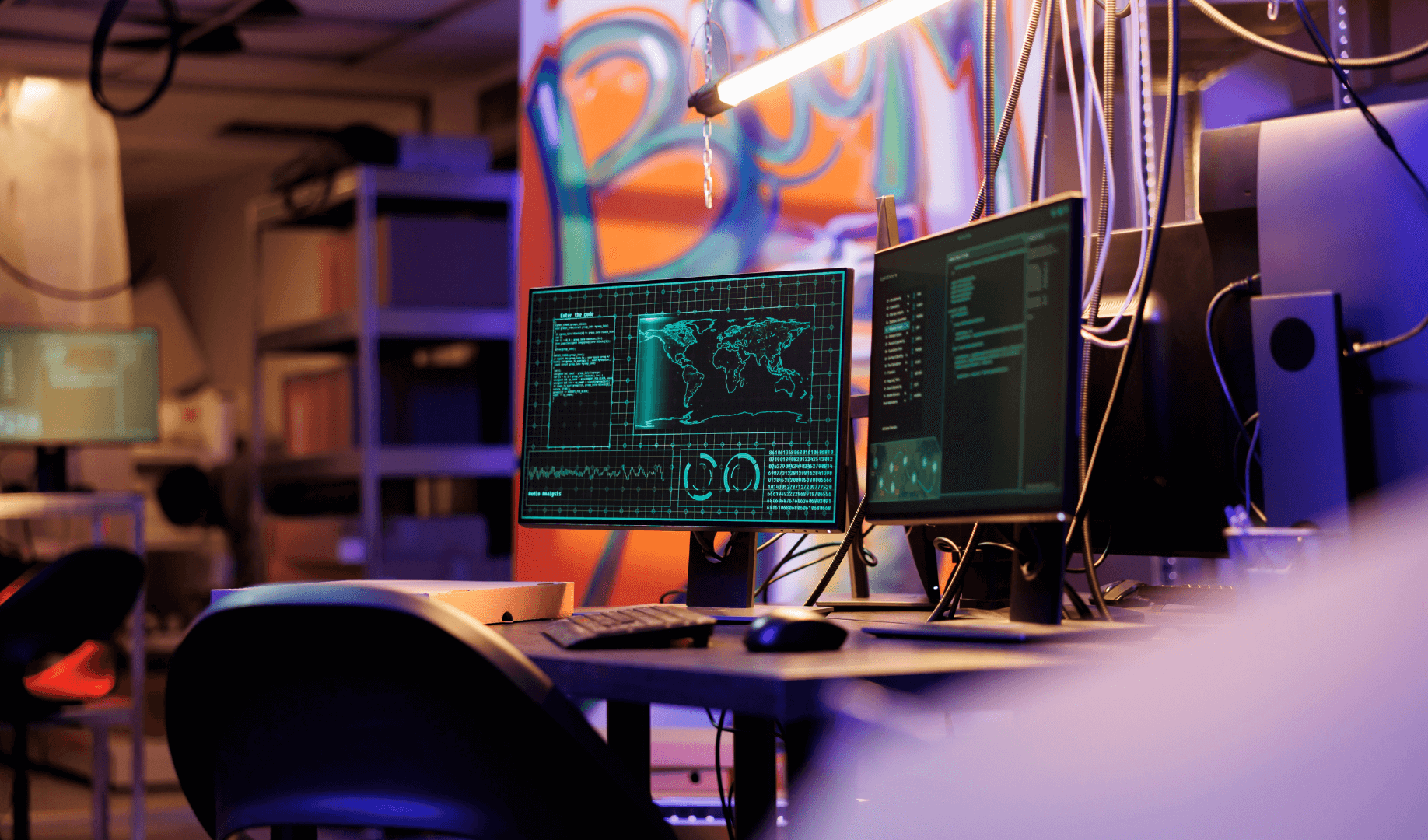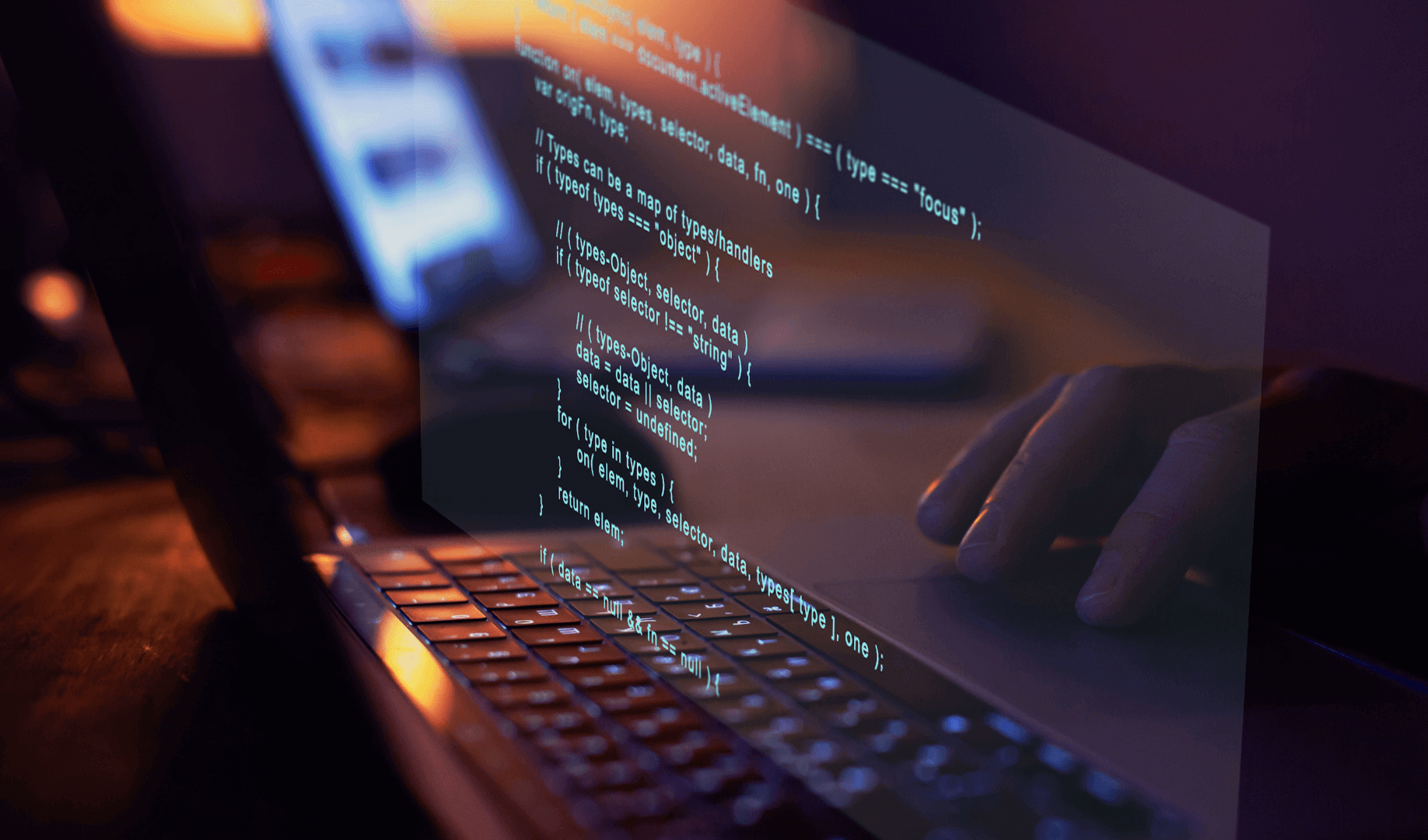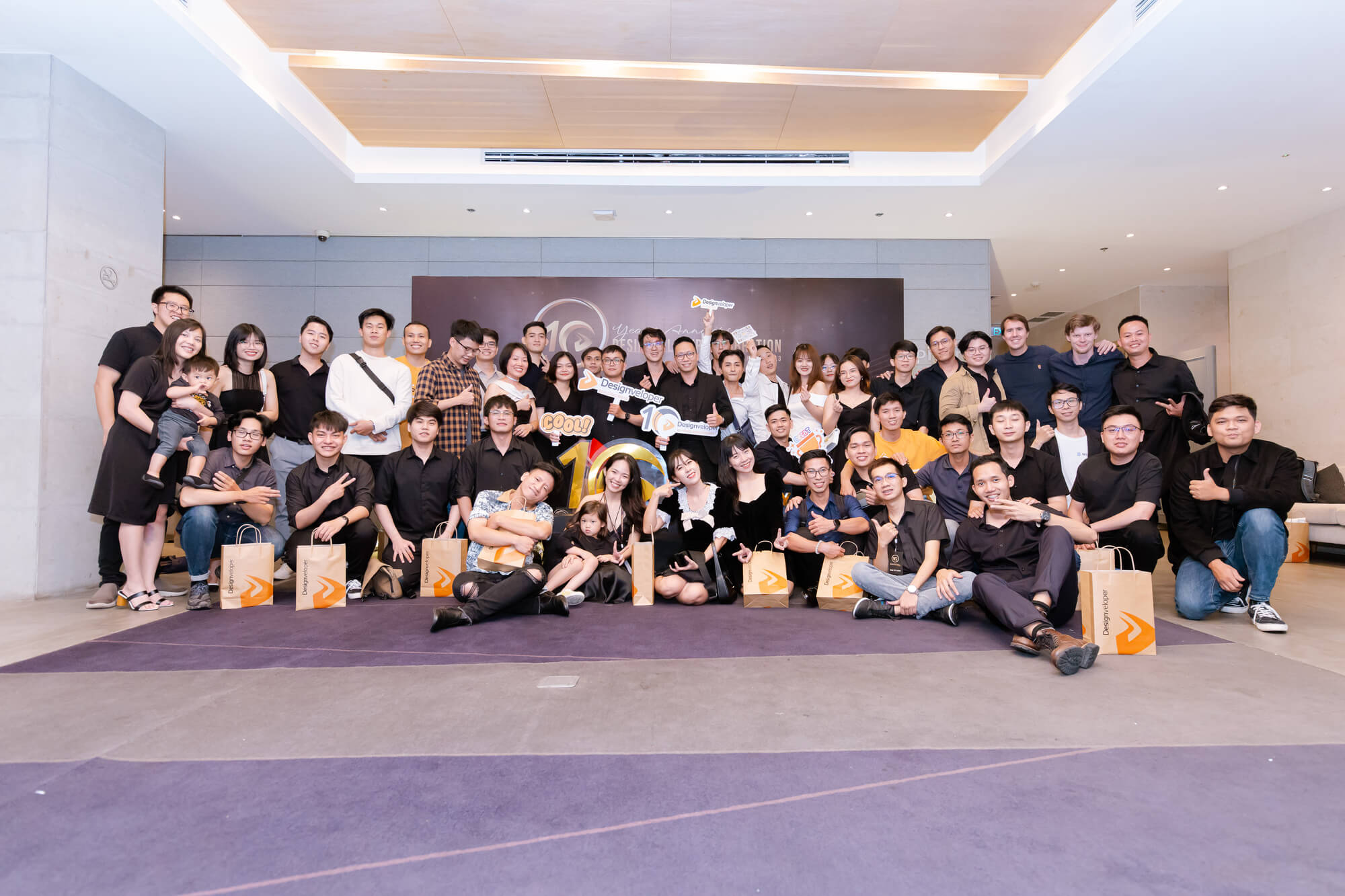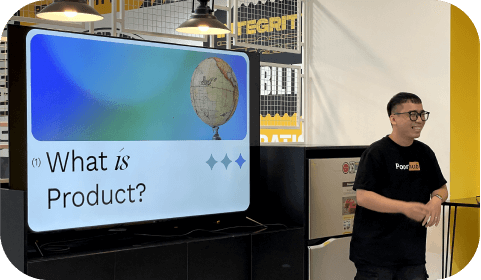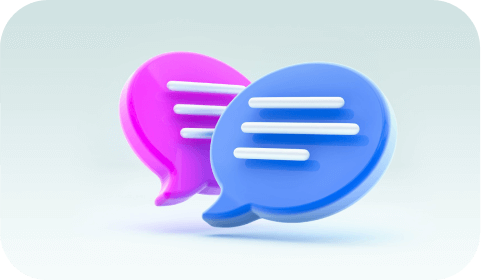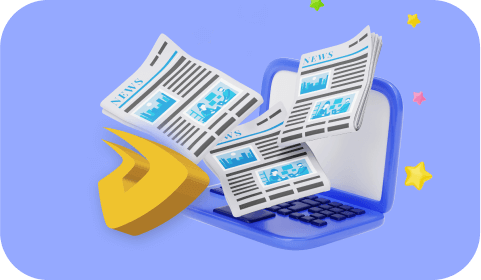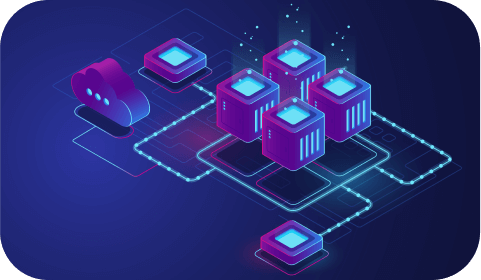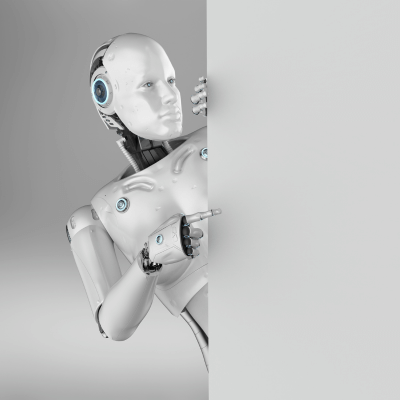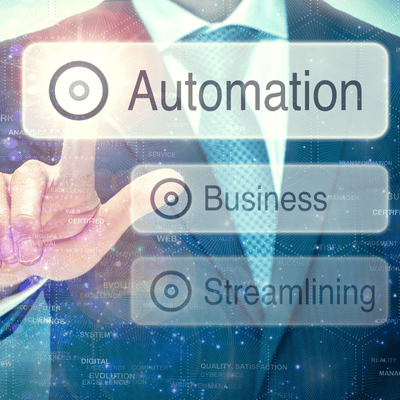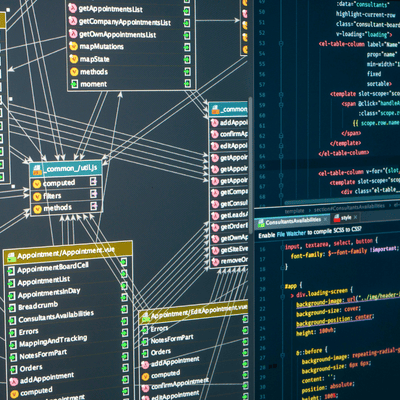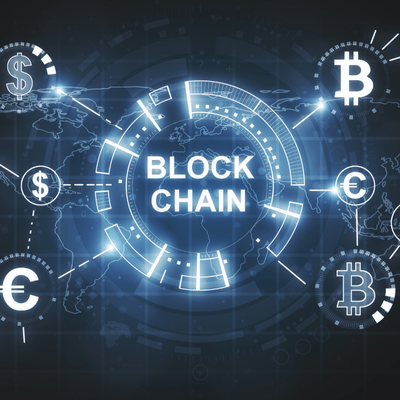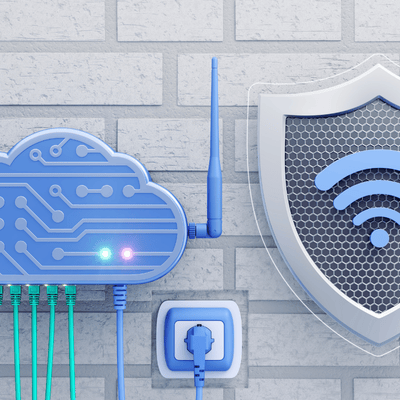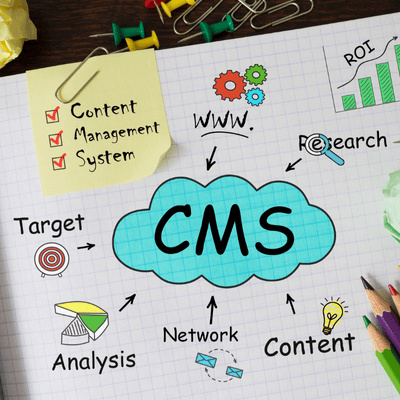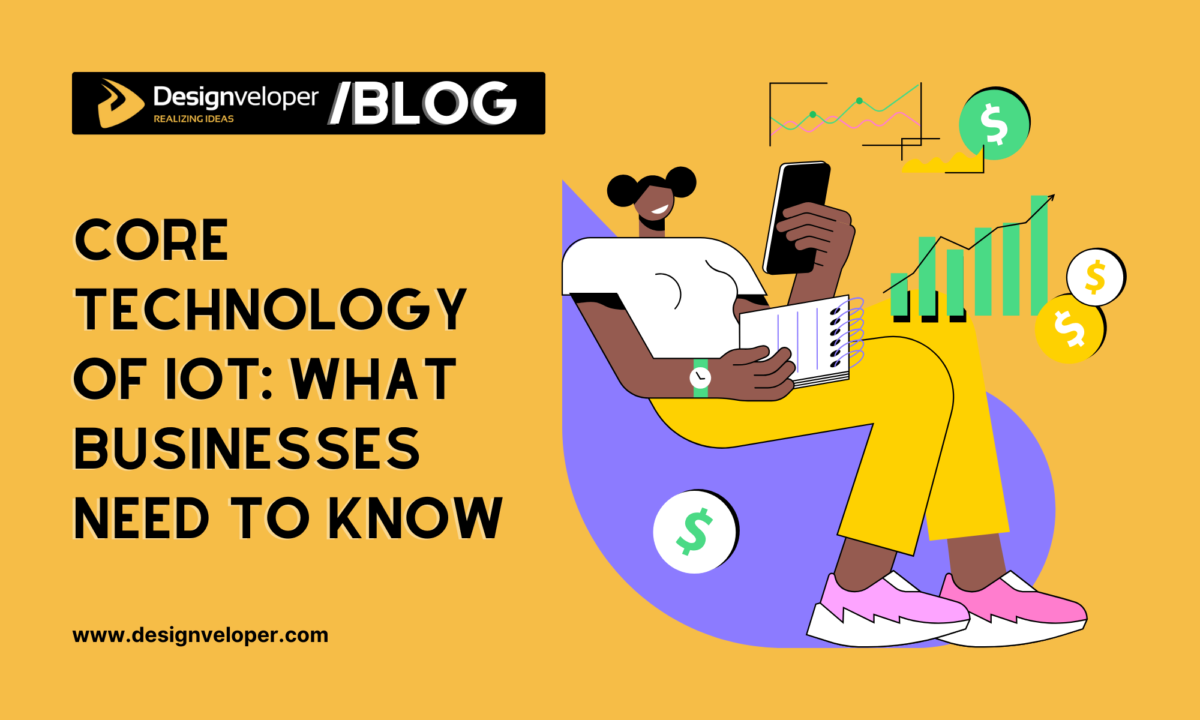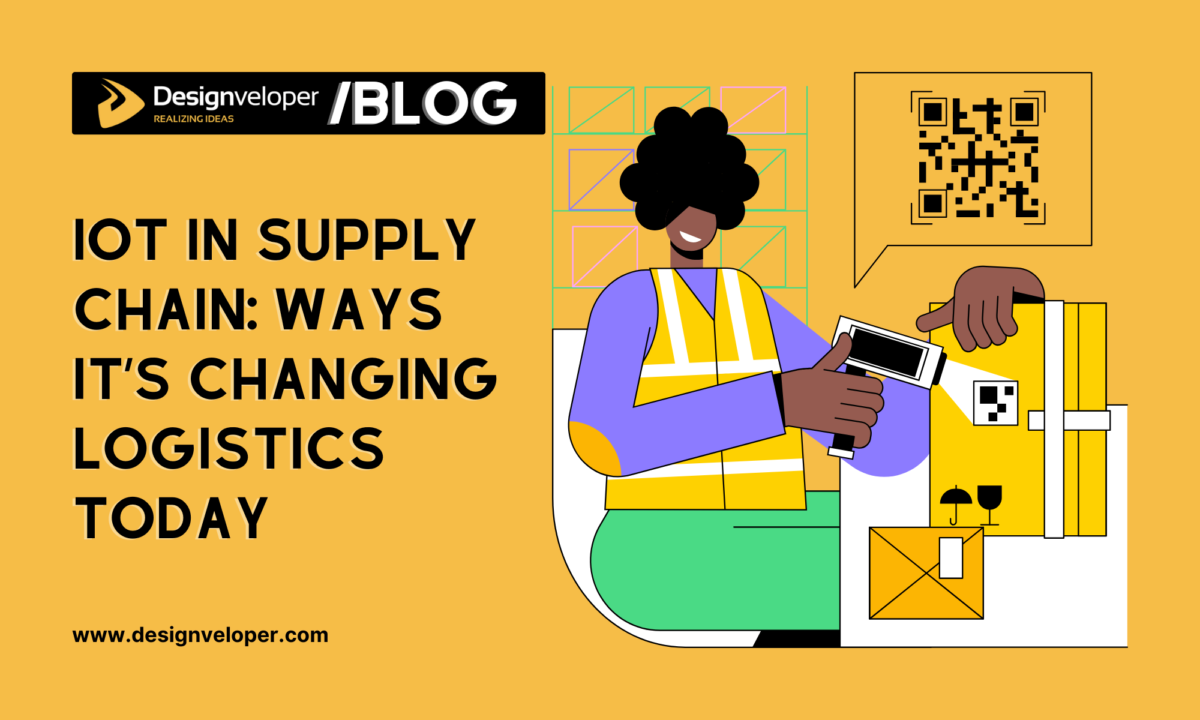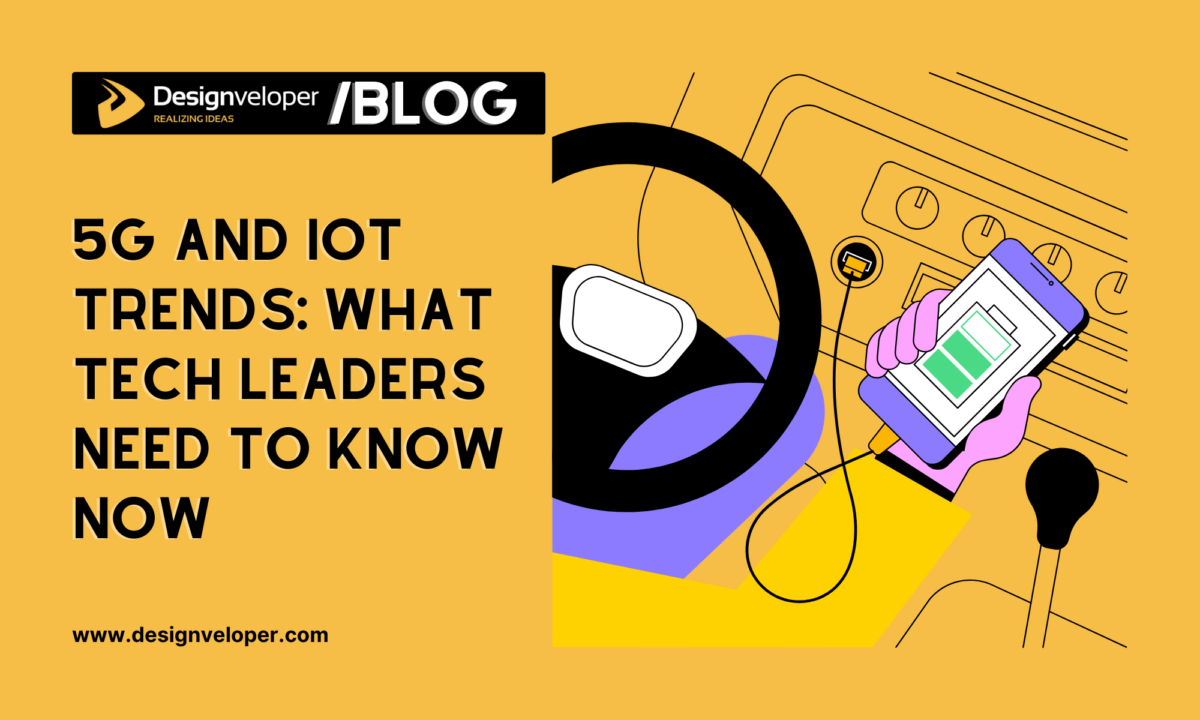Core Technology of IoT: What Businesses Need to Know in 2025
April 21, 2025
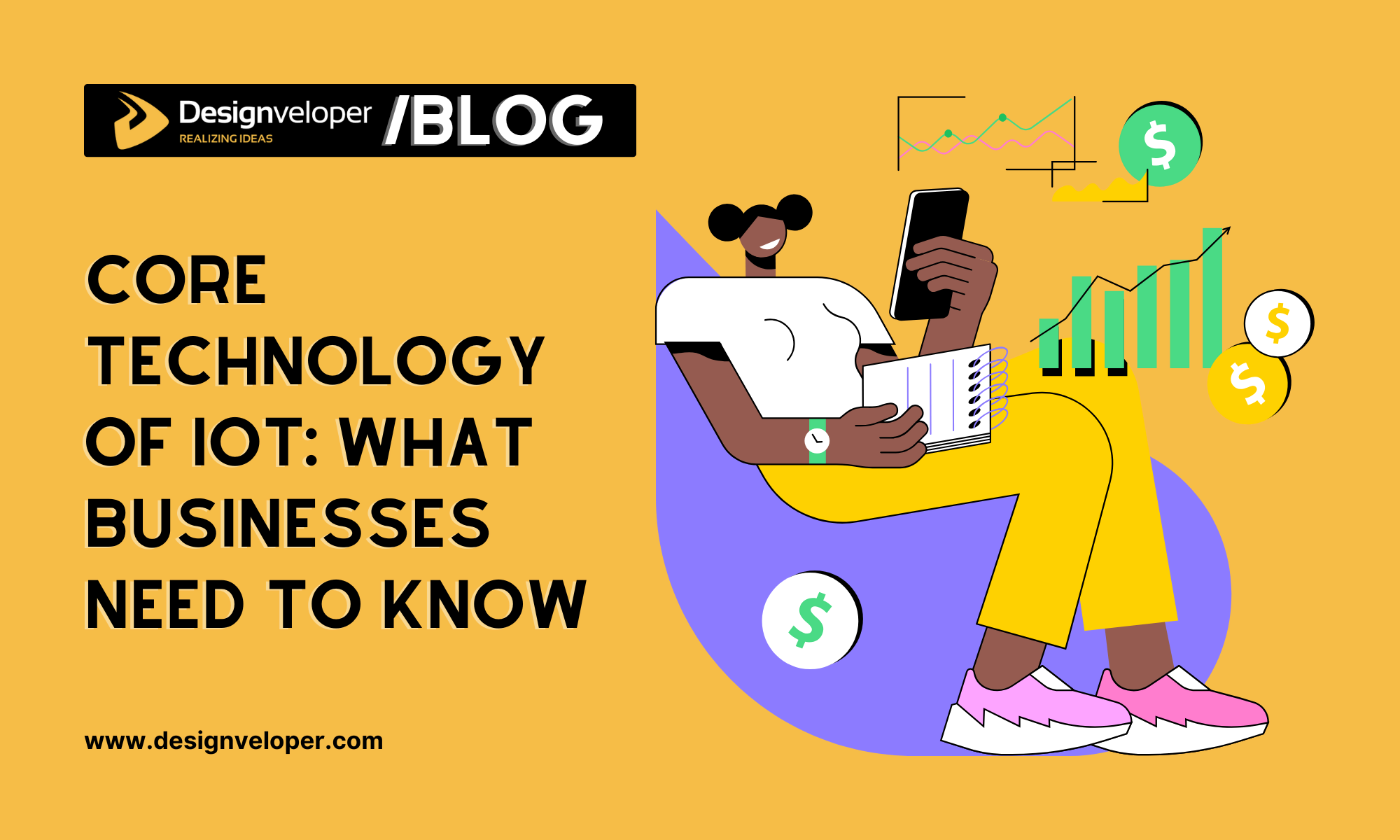

The core technology of IoT is transforming business operations in 2025. The IoT world has a projected 18.8 billion connected devices by the end of 2024 and businesses are using it to be more efficient and innovative.
Key components of the core technology of IoT include sensors, connectivity, data processing, and intelligent software. Real time data is then transmitted through 5G and satellite connections. In this approach, this data is processed in edge computing and using AI to make decisions immediately and automate the process.
As the importance of IoT in industries grows, the global IoT market is estimated to reach $629.5 billion from $116.99 billion in 2020. IoT technologies use in the manufacturing are, for example, predictive maintenance, decreasing downtime and operational costs
But with expansion of IoT comes security risk. IoT security breaches occur 60% of the time because of unpatched firmware and each one will cost businesses an average of $330,000 . As such, it is imperative to have proper security measures in place.
Understanding the core technology of IoT is essential for businesses aiming to stay competitive in 2025. Through these technologies, companies can make their best efforts optimize their operations, boost customer experience and drive growth.
What Is the Core Technology of IoT?
The core technology of IoT underpins the rapid expansion of connected devices, with projections indicating 18.8 billion devices globally by the end of 2024 . Such a surge is fuelled by progress of main components such as sensors, connectivity, edge computing and AI.
Definition and Key Components
The core technology of IoT comprises several essential elements that enable devices to collect, transmit, and process data efficiently. Therefore, understanding these components becomes a must for businesses who wish to use IoT for operational excellence in 2025.
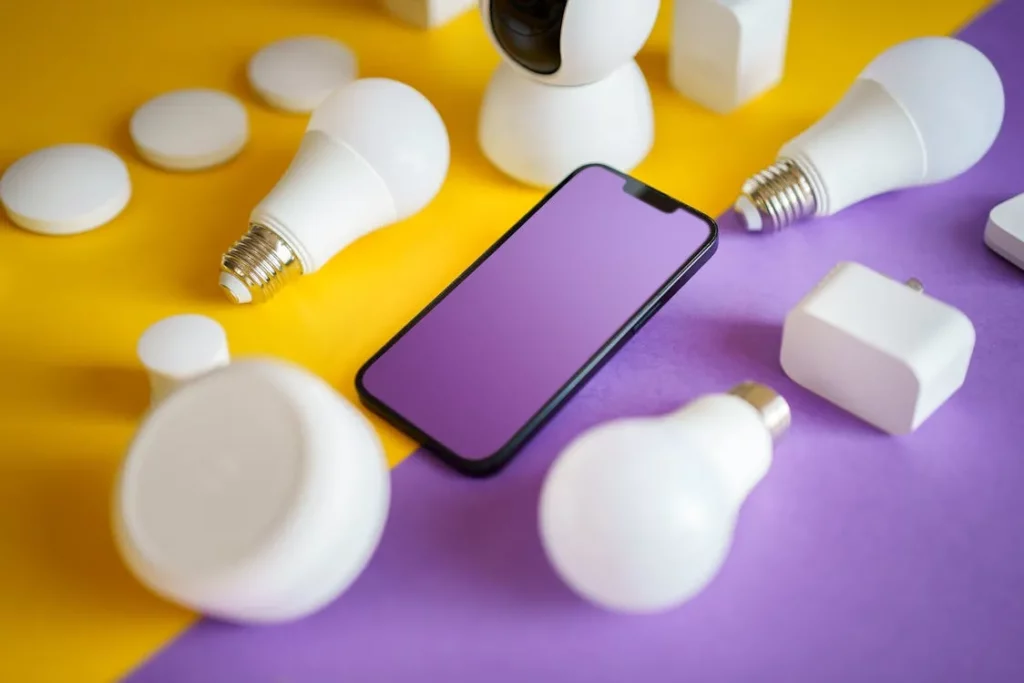
1. Sensors and Actuators
Sensors are fundamental to the core technology of IoT, capturing real-time data such as temperature, humidity, motion, and pressure from the physical environment. These data are crucial to critical decision making in such industries as pharmaceutical, banking, management and many more. For example, with agriculture, soil moisture sensors allow for optimized irrigation such that crops are not over watered resulting in improved yields and conservation of water. More compact, energy efficient, and capable of supplying accurate , real time information advances has been made.
2. Connectivity
Connectivity provides transmission of data gathered by sensors to processing units or to the cloud platform. This process is facilitated by technologies including 5G, Wi-Fi, Bluetooth and Low-Power Wide-Area Networks (LPWAN). For example, LPWAN allows a smart meter to send energy consumption data to utilities. Selection for connectivity depends on data range, power consumption and bandwidth requirement.
3. Edge Computing
Edge computing reduces the latency and bandwidth consumption as the data is being processed near to the source itself. It is especially convenient for time sensitive applications. Edge computing helps machinery in detecting anomalies and performing preventive action without cloud servers in place.
4. Artificial Intelligence (AI)
By working along with the AI algorithms, IoT devices gather data, which AI algorithms use to come up with actionable insights. Predictive models using machine learning can predict equipment failures, optimize supply chains, and even personalize the customer experience. Take the case of retail where AI uses foot traffic data to arrange store designs and product placement. Integrating AI into the core technology of IoT enhances automation and decision-making capabilities.
Understanding these key components is crucial for deploying a successful IoT solution in businesses for innovation and efficiency in 2025.
FURTHER READING: |
1. What Is the Internet of Things (IoT): A Detailed Guide in 2025 |
2. IoT in Healthcare: Enhancing Operational Efficiency in Hospitals |
3. 10 Benefits of IoT in Healthcare in 2025 |
Real-World Applications in 2025
The core technology of IoT is reshaping industries by enabling smarter operations and data-driven decisions. Industrial IoT is projected to account for $275.7bn of that $1.06trn total , by 2025. The growth stems from the wide adoption of the IoT solutions in all sectors.
Manufacturing: Predictive Maintenance and Asset Tracking

The core technology of IoT is revolutionizing manufacturing by enabling predictive maintenance and asset tracking. Such advances enable the companies to minimize downtime, optimize operations, and maximize equipment lifespan.
Predictive Maintenance
IoT sensors monitor equipment health on a real time basis. The data from vibration, temperature and performance is used by AI driven systems to predict failures before they happen. It allows for planned downtime and planned maintenance costs.
The global predictive maintenance market size is projected to grow from $13.65 billion in 2025 to $70.73 billion in 2032 at a CAGR (Compound Annual Growth Rate) of 26.5% throughout 2025 and 2032. This growth confirms manufacturers’ reliance on IoT and AI technologies.
For instance, Siemens said companies pursuing IoT —enabled predictive maintenance would have reduced unplanned downtime from 39 hours a month in 2019 to 27 hours a month in 2024. These improvements are directly translated into cost improvements, and productivity improvements.
Asset Tracking
Asset tracking, another facet of the core technology of IoT, involves monitoring the location and condition of equipment and inventory. Real time visibility of the IAMs movements and statuses is visible through IoT devices, such as RFID tags and GPS trackers.
The IoT Asset Tracking & Visibility Adoption Report 2025 tells us that an average large enterprise tracks over 166,000 assets daily showcasing how much the IoT has been integrated into asset management. It covers wide streak of tracking and also reduced losses by misplaced or mismanaged assets.
In addition, the IoT based asset tracking and monitoring market globally is anticipated to grow from USD 5.0 billion in 2024 to USD 9.2 billion by 2029, at a CAGR of 12.8% . The growth indicates that there is a strong trend of adopting IoT solutions in the whole industry to manage assets.
By embracing the core technology of IoT for predictive maintenance and asset tracking, manufacturers can achieve greater efficiency, reduce costs, and maintain a competitive edge in 2025 and beyond.
Retail: Smart Inventory and Customer Behavior Analysis
The core technology of IoT is transforming the retail sector by enabling smart inventory management and in-depth customer behavior analysis. As such, these innovations are improving operational efficiency, and the personalization of the shopping experience.
Smart Inventory Management
IoT devices such as RFID tags, smart shelves or sensors are allowing retailers to monitor stock levels in real time. With this technology, stockout and overstock situations that may occur are minimized and products are stored up for when customers need them. For instance, the smart shelves know when the inventory is low and they can alert the staff for restocking it, the supply chain is made smooth.
IoT adoption in the retail industry is increasing fast. The IoT in retail market is estimated to grow at a CAGR of 18.3 % to reach $46.77 billion in 2025 from $39.52 billion in 2024.
Customer Behavior Analysis
With the use of IoT technologies, retailers can obtain customer movement, preference and purchase pattern data. Retailers can then use sensors and smart devices to track how customers move through the store, which products they engage with, and the length of time customers dwell in specific areas. All of this information can be used to help optimize the store layouts and to customize the marketing strategy based on the individual needs of different customers.
For instance, a smart beacon can be so effective that it sends personalized promotions to their smartphones based on customer’s location within the store, thus make the shopping experience more pleasurable and increase the possibility of purchases .
Understanding and implementing the core technology of IoT in retail not only improves inventory management but also provides valuable insights into customer behavior, driving sales and fostering customer loyalty.
Agriculture: Precision Farming through IoT Sensors
The core technology of IoT is transforming agriculture by enabling precision farming practices that enhance productivity and sustainability. According to statistics, by 2025, the global market for agriculture IoT and smart farming technologies will increase its adoption, and it is expected to reach $32.95 billion.
IoT sensors collect real-time data related to all the various environmental and soil parameters as required by precision farming. For example, soil moisture sensors supply data about the percentage of water present in the soil so farmers realise and determine when to use less water until it is necessary or optimally conserve the water. In the same way, soil pH and nutrient availabilities can also be measured using electrochemical sensors for accurate fertilizer application .
IoT soil sensors that monitor moisture, temperature and electrical conductivity have been developed by companies such as CropX. These sensors assist in creating detailed soil maps, which then allow farmers to form their practices on the basis of the exact field conditions .
Moreover, leaf sensors gauge plant water stress by measuring leaf thickness and then supply data used for irrigation decisions and water conservation . The integration of these sensors with AI and data analytics enables real time decision making and it results in increasing crop yield and resource efficiency.
By embracing the core technology of IoT, farmers can implement precision farming techniques that lead to increased productivity, reduced environmental impact, and improved sustainability in agriculture.
Logistics: Real-time Fleet and Cargo Monitoring
The core technology of IoT is revolutionizing logistics by enabling real-time monitoring of fleets and cargo. This improvement of efficiency, effectiveness and cost reduction eventually increases customer satisfaction.
Real-Time Fleet Monitoring
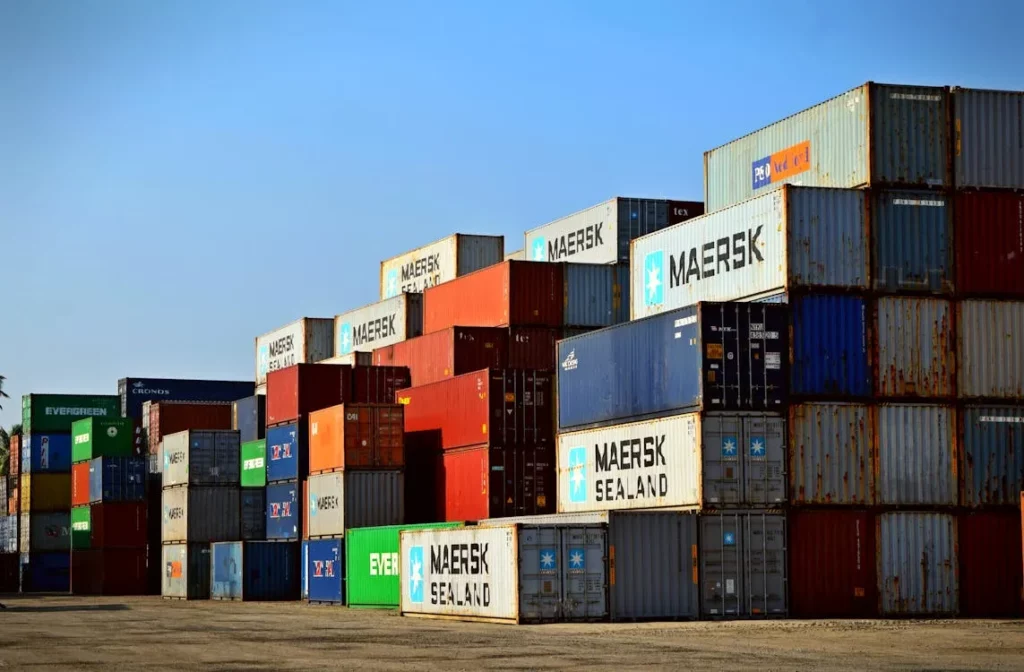
Logistics companies receive real time data of where their vehicles’ are, how fast they drove and mapped routes with telematics and GPS on their IoT equipped devices. The driver’s online log and this information combined together allows for dynamic route optimization, thus a reduction of fuel consumption and delivery time. For instance, IoT technology which is used by companies like UPS that is used to monitor its trucks to optimize route and increase delivery efficiency .
The global IoT fleet management market is expected to grow with a CAGR of 17.47%. Such growth also represents the increasing dependence on IoT solutions for fleet management.
Cargo Monitoring
There are IoT sensors embedded in cargo containers that monitor environment conditions like temperature, humidity, or shock on the way. This is particularly the case when it comes to perishable goods which require specific conditions. For example, RFID tags can monitor the transportation environment of individual several articles of cargo , guaranteeing their integrity and reducing spoilage .
Also, with IoT enabled cargo monitoring, there is an improved security of the cargo through real time alerts in the case of unauthorized access or a deviation from the planned routes. The visibility at this level helps prevent theft and to ensure timely deliveries.
By integrating the core technology of IoT into logistics operations, companies can achieve greater transparency, efficiency, and reliability in their supply chains, positioning themselves for success in 2025 and beyond.
Business Challenges and Considerations
The core technology of IoT offers significant benefits, but businesses must navigate several challenges to fully realize its potential.
Security Vulnerabilities

The core technology of IoT offers significant benefits, but it also introduces critical security challenges, particularly concerning firmware and access control. In fact, 60% of all IoT security breaches are caused by unpatched firmware. A proper network setup can prove to be a backbone in the operational chain. If not taken care of, vulnerabilities can cause unauthorized access, data theft, and operational disruptions.
The vulnerabilities of security risk are further worsened by access control weaknesses. However, many IoT devices still use the default passwords, thus being easy targets for attackers. Lack of proper authentication can result in unauthorized persons controlling devices resulting in possible data breaches and system compromisers.
Real-world examples highlight these vulnerabilities. Specifically, attackers can gain unauthorized entry through using insecure communication protocols and weak encryption within some smart locks and building access control systems, just to name a few.
The bottom line is that these security lapses come at significant financial consequences. The costs associated with the IoT security failure is approximately $330,000 per incident not counting the possible regulatory fines and reputational damages.
In order to reduce these risks, businesses need to ensure that firmware is regularly updated, authentications are kept strong, and access is controlled properly. Addressing such vulnerabilities will help organizations protect their IoT ecosystems and preserve their operation integrity.
Scalability and Data Overload
The core technology of IoT is rapidly expanding, with projections indicating that by 2025, over 18 billion connected devices will be in use worldwide. Of the expected data generated from these devices per year, they are anticipated to produce about 79.4 zettabytes. Since the amount of the data is too big, the business can face great challenges managing it especially dealing with scalability of and capabilities of data processing.
More often than not, the main cause of failure, nearly 70% of the case is the scalability issues with IoT projects . Existing infrastructure is not able to keep up with the incoming data, which results in performance bottlenecks and operational costs. Consider for example, traditional cloud based systems may not be able to manage the real time processing requirements of IoT data and hence solve it with an edge computing solution.
The solution to all these challenges is edge computing which processes the data close to where it originated in order to reduce latency and the consumption of bandwidth. With this approach, decision making becomes faster and burden is taken off centralized data centers. In addition, employing effective data management approaches, for instance, in data filtering and prioritization, can aid businesses to concentrate on actionable insights and reduce the need for storage.
To effectively leverage the core technology of IoT, businesses must invest in scalable infrastructure and advanced analytics tools. This allows them to turn the data deluge into a source of innovation for competitive gain.
Integration with Legacy Systems
The core technology of IoT offers transformative potential for businesses, yet integrating it with existing legacy systems presents significant challenges. According to a recent survey, 53 percent of firms struggle to merge their internal infrastructures with IoT solutions, pointing to the issue’s complexity.
Those legacy systems operate on protocols that are no longer current, and they do not have the interfaces required for easy communication with the latest IoT devices. Such an incompatibility can also hamper the possibility of data exchange and consequently reduce the efficiency of IoT implementations.
In order to deal with those issues, businesses are taking approaches of protocol gateways, and middleware platforms. As intermediaries, these tools translate data from legacy systems to IoT device data in order to ease the process of integration.
For instance, real time sensory data from IoT sensors can be easily integrated in the existing machinery without disturbing the whole system. It facilitates companies to improve the operational performance while maintaining their initial investments.
Embracing the core technology of IoT in conjunction with legacy systems requires careful planning and the right tools. Compatible solutions may be leveraged to lead new efficiencies and drive innovation, without replacing entire systems.
Cost vs ROI When Adopting IoT
The core technology of IoT offers transformative benefits for businesses, yet the financial implications of its adoption remain a critical consideration. Initial investments encompass hardware procurement, software development, connectivity infrastructure, and integration with existing systems.
For example, pricing of IoT hardware greatly depends on quality and functionality. Custom hardware that would be applicable only to very specific situations can be costly and standard sensors are getting cheaper. Besides, costs related to software and platforms, including IoT platforms, middleware, and applications, are involved. According to IDC, spending on IoT software will be around $413 billion by 2025 .
While these expenses still exist, IoT can deliver huge earnings if used smartly. Predictive maintenance and increased resource utilisation can bring about massive cost savings. By 2025, IoT would have a potential economic impact size of $4 trillion to $11 trillion according to McKinsey.
Not all IoT projects, however, have positive and immediate returns. According to a study, the average ROI for an IoT project has been -52% and this is due to challenges around quantifying these non monetary benefits like improved customer satisfaction. Therefore, businesses must conduct thorough cost-benefit analyses, considering both tangible and intangible outcomes, to ensure the successful implementation of the core technology of IoT.
Conclusion
The core technology of IoT is no longer a futuristic concept—it’s a present-day imperative. As the IoT market is expected to grow to $1.06 trillion by 2025, it is no wonder that businesses from various industries are incorporating IoT solutions to improve efficiency, increase productivity and boost innovation. The potential economic value of IoT in manufacturing market alone is up to $3.7 trillion by 2025.
However, embracing the core technology of IoT comes with its challenges. All things considered, security vulnerabilities, data overload, legacy system integration, and best use of costs and return on investment can be quite the puzzle to solve. These challenges should be understood and acted on proactively for a successful IoT.
Designerveloper offers its services in helping businesses to walk through this path. As a custom software development, system integration company, we are ready to help you to make the utmost from the IoT technologies. We’re here to help you achieve those goals — whether you’re looking to optimize operations, enhance customer experiences or drive innovation across your business.




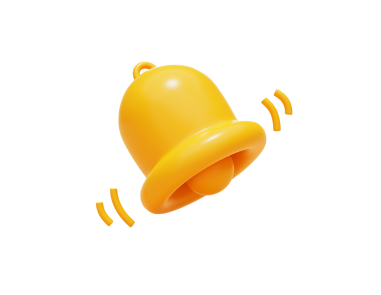

Read more topics















